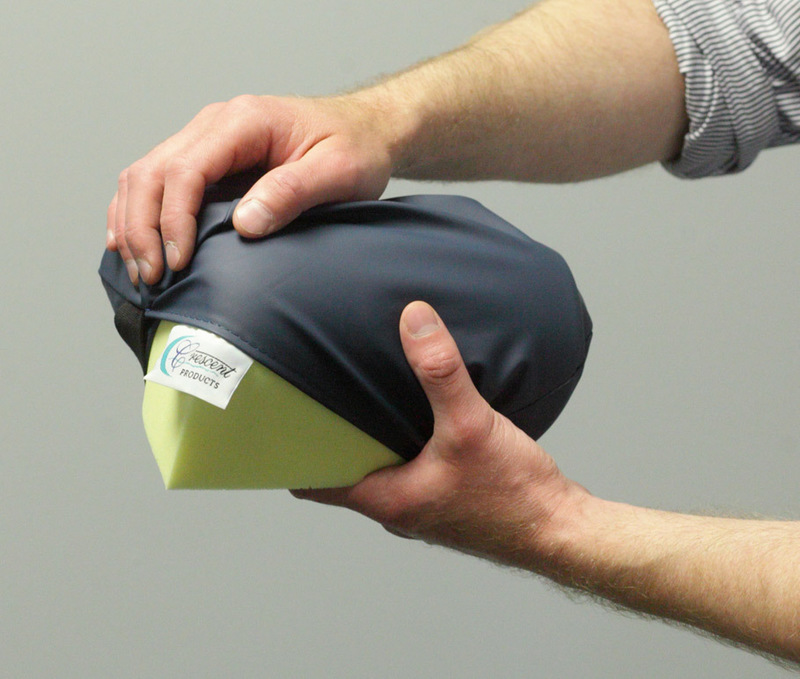Easy Ways for Dentists to Improve Their Posture

Whether you are a dentist or a dental hygienist, it’s important to maintain a good posture while working. The problem with dentistry is that the focus is always on the patient, often to the detriment of the wellbeing of providers. Not taking care to maintain a good posture while treating is a surefire way to increase stress, injure yourself, and shorten your career.
The Importance of Dental Ergonomics
Poor posture leads to a host of issues, including fatigue, pain, and musculoskeletal issues. Dental providers are especially prone to these issues because of the static nature of treatment that is combined with small, repetitive movements. When you treat multiple patients per day, you are holding your body in an awkward, uncomfortable position that leads to strain in your back, hips, shoulders, neck, elbows, and wrists. Over time, the pain and soreness you feel can become worse, often developing into greater musculoskeletal issues.
This is why dental ergonomics is so important. Providers who greatly improve their posture while treating experience lower stress, less pain, and longer careers.
How to Improve Your Posture While Your Treat
There are several scientifically proven ways to improve your posture while you treat:
- Use a dental stool with proper lumbar support
- Adjust the height of your dental stool so that your feet rest flat on the ground
- Position yourself a comfortable distance away from the patient so that you do not have slouch or hunch to gain access to treatment areas
- Adjust the height of the patient chair
- Remember the occlusal plane, which should be at 20-25 degrees behind the vertical during treatment. Learn more about proper patient positioning and the occlusal plane here
- Keep your instruments close to you so that you do not have to contort your body to reach them
- Use proper lighting so you do not have to crane your neck to adequately see treatment areas
- Adjust patient headrests so that you have proper access to the patient’s mouth. This can differ depending on whether you are using a double articulating headrest or not. Consider using a dental headrest to properly position the patient’s head and make them more comfortable
- Avoid holding instruments with too tight a grip, which can cause pain in the hands and wrist
- Avoid static postures; keep moving so you are not holding one position for too long
Remember to Stretch
Outside of treatment, remember to stretch to keep your body healthy and ready to keep treating. Learn more about helpful stretches for dentists here.
